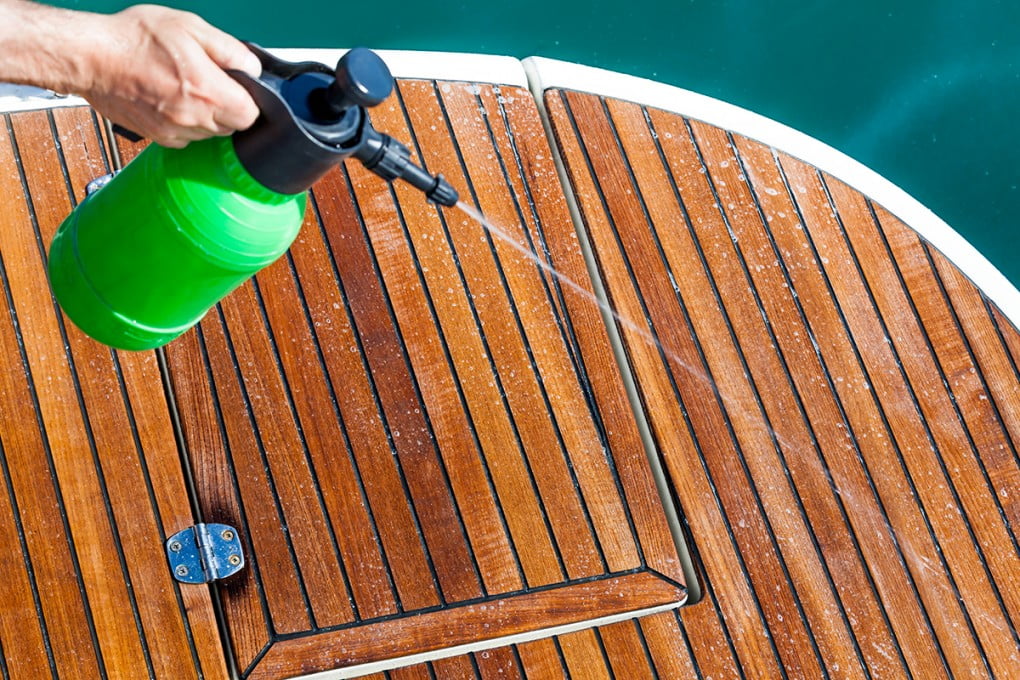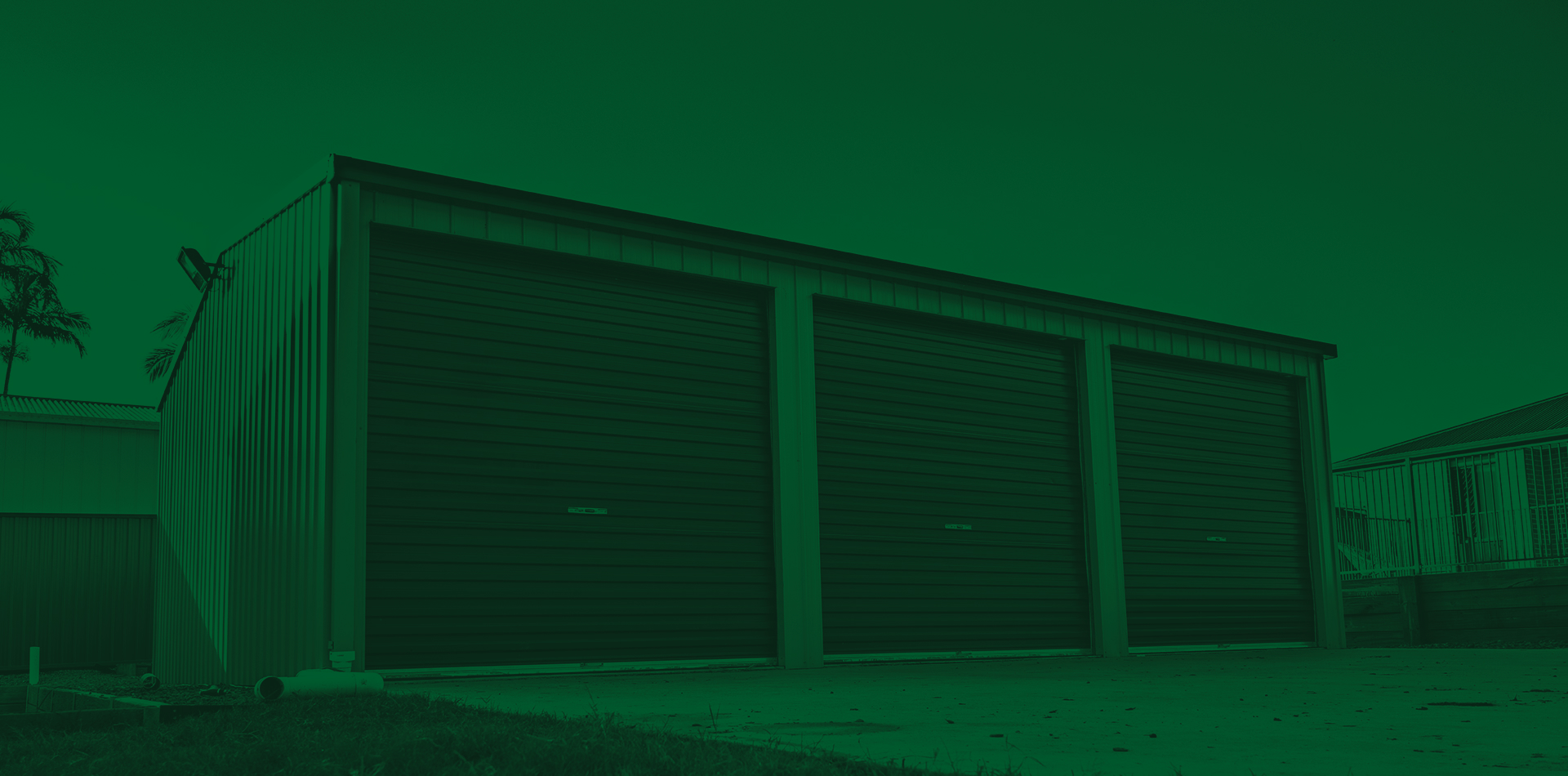
The Boat Series; Easy Steps to a Sparkling Clean Boat
Regularly cleaning your boat not only helps to maintain its value – it can also help to keep it seaworthy, so it doesn’t let you down when you’re out on the water.
Depending on the size and type of boat you own, cleaning can be broken down into two main areas;
- Below decks – This includes the bilge area, the live bait wells and the engine compartment (if your boat has an inboard motor). It also encompasses the cabin area, if you are lucky enough to have such amenities on your boat.
- Above decks – This includes the hull, the deck areas, the outboards (if you have them) and even the trailer if your boat is not moored.
Within those areas, there are five main types of materials that need to be cleaned; carpet, vinyl, wood, metal and plastic. This guide describes the five best methods for keeping these surfaces in ship-shape on your boat.
Carpet
While marine carpet is usually fairly hardy, it cops a lot of abuse from sand, sweat, sunscreen, fish slime, spilt beverages and the like, so it needs to be regularly cleaned. If your carpet is stained and hasn’t been cleaned for a while, you should take the following steps;
- Spray with a power washer or garden hose to lift up the dirt from the fibres. If the carpet is in an enclosed cabin, you will obviously have to use a less aggressive method, such as a bucket of soapy water and a brush.
- Allow the carpet to fully dry and apply spot cleaner to stained areas.
- Then vacuum or steam clean the carpet, remembering to work from bow to stern to ensure you don’t walk on areas you have already cleaned.
Vinyl
Vinyl upholstery on a boat can begin to break down over time, with exposure to UV rays leading to cracking and discoloration. A quality vinyl cleaner will help to deep clean your vinyl, while also providing a sunscreen residue of protectants. To clean vinyl seats and upholstery;
- Wipe down with a damp cloth to remove dirt, grime and salt.
- Apply vinyl cleaner and wipe off the surface.
- Apply a light layer of spray-on furniture polish to protect against further staining and wipe with a clean cloth.
Wood
If your boat has wooden fittings or is made from wood, regular cleaning is required to maintain it and protect it from the elements. Dry rot is the biggest enemy of wooden boats and often occurs in enclosed cabins, so as well as keeping wooden surfaces clean, you need to make sure they have adequate ventilation. To clean wood, especially teak;
- Wash the decks down with salt water to keep the deck boards swelled, prevent leakage and inhibit the growth of mildew.
- If the wood is worn and losing its colour, sand it back gently with sandpaper, clean off and allow to dry and then apply a coat of teak oil to restore the original rich colour.
- Bear in mind that wooden decks can be easily damaged through improper scrubbing, so always use a soft brush and scrub across the grain rather than with it.
Metal
If you own a tinny and the hull is made from aluminium, it will benefit from regular cleaning, as it suffers a lot of abuse from sun, sand and salt, which can all lead to discolorations. Aluminium boat trailers also need regular cleaning and care, along with the chrome and stainless steel fittings found on many types of boats. To clean metal surfaces on your boat;
- Use a power washer to thoroughly clean the hull and remove all surface dirt and grime. Then, while it is still wet, apply a commercial boat cleaner with a sponge or soft brush.
- Spray your boat trailer down with a high pressure hose after every use, to remove bugs, tar and dust, and to prevent salt water residues from deteriorating paintwork and destroying the wheel bearings.
- If your boat’s metalwork is pitted or oxidised, apply metal wax to the problem areas and leave overnight. Then, gently scrub the wax off with a piece of fine bronze wool to restore the natural shine.
Plastic
Many modern boats have a variety of plastic fixtures and fittings such as the bilges, the live bait wells, the bridge console and the covers on the outboard motors. To effectively clean plastics on your boat;
- Clean the interior of live bait wells with a non-toxic cleaner such as baking soda and water to remove smells and scum lines. Then flush with clean water several times to ensure all residues are removed.
- Use a commercial bilge cleaning product to clean the bilges on your boat. These products are safe to use on plastics and will break down any oil, petrol and grease, and will clean and deodorise the area.
- Use a spray cleaner such as Windex or a vinegar and water solution to clean plastic and perspex on the console. Use a damp soft sponge and then wipe off with a dry cloth.
Another area that will need attention from time to time is the engine (whether inboard or outboard), which must be degreased periodically to remove dirt and grime. Many boat owners opt to have a boat mechanic attend to this, but if you don’t mind getting your hands dirty, a cleaner and protectant such as WD-40 is usually enough to remove most heavy build ups.
Keeping your boat spick and span
As well as maintaining a regular cleaning schedule for your boat, it’s important to know how to store your boat properly while it’s not being used. Storing your boat in a Titan Garage or Shed for ultimate durability and protection, is a great option. This will protect your boat from all different kinds of weather, and in an environment where it’s least likely to be vandalised or damaged.
If your boat is your pride and joy and you already clean it religiously, then hopefully this guide will help you focus on the key areas that require particular attention, to ensure it sparkles from stem to stern – both in and out of the water.

